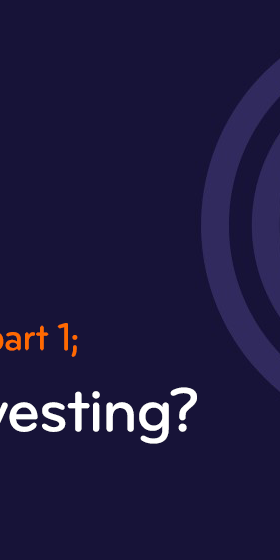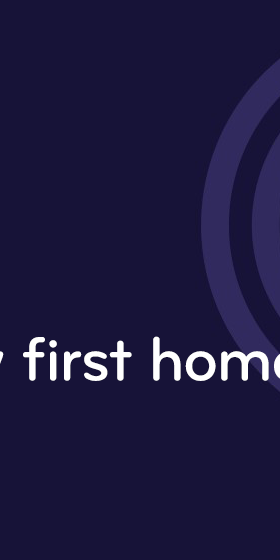A KiwiSaver account is a great way to help you save for retirement or your first home. But unlike a regular savings account (like what you might have with your bank), a KiwiSaver account is a managed fund. This means that the value of your savings can go up and down over time.
What is a managed fund?
A managed fund is a product where your contributions are pooled together with other investors (in this case, other KiwiSaver members). The money is invested in different assets by your KiwiSaver provider according to the investment objectives of the fund you are in. You can learn more about what a managed fund invests in here.
Your savings are represented by fund units that have been issued to your account. Each unit has a price, representing its proportion of the underlying assets of the fund. Unit prices are calculated on a regular basis. The price is then used to calculate your current balance. As unit prices change on a daily basis, your account balance will also change daily.
We calculate this for you automatically and it is displayed within your investor portal login here.
Why does the value of my investment in a managed fund go up and down?
Funds with more volatile underlying investments (like shares) will have their unit prices fluctuate more and those funds with less volatile underlying investments (like bonds) will be relatively more stable.
The higher the volatility, the more likely you are to experience more ups and downs in unit prices. However, over the longer term, funds with investments that have higher volatility like shares tend to perform better than funds investing in bonds.
Investing in more volatile funds can pose a risk to you, particularly when you are likely to be near the time you want to spend the money you have invested.
If a fund’s unit price drops sharply, it may take months or years to recover. This can turn out fine if you have a long term savings horizon but it might impact how much money you have to fund your retirement or the size of your first home deposit if you are looking to withdraw for these milestones in the near future.
Different Types of Funds
The different types of funds in KiwiSaver are categorised based on the level of risk and volatility they have. Each fund must publish a “risk indicator” and that will be found in the product disclosure statement. Funds will have ratings of between “1” Lower risk and “7” Higher risk.
Growth funds invest in assets such as shares. These types of investments come with a higher level of risk, as the value of the assets can fluctuate greatly. Despite the higher level of risk, growth funds generally offer higher returns over the long-term as there tend to be more ups than downs.
On the other hand, income or defensive funds invest in assets with a lower level of risk and volatility such as bonds. These types of investments generally offer a more stable return, but with lower growth prospects.
There are a whole range of funds that reside between these extremes to suit every Kiwi’s investment goals and preferences. You can find out what funds we offer at SBS Wealth through our PDS here.
Choosing the right fund
It’s important to choose a fund that matches your risk appetite and tolerance, that is, your level of comfort with volatility and your investment time frame. If you’re comfortable with the idea of your balance going up and down more but with the potential of greater returns in the longer-term, a growth fund might be right for you.
If you prefer a more stable balance, especially if you are looking to access your money shortly, an income fund might be better.
It’s always a good idea to talk to an expert to see if you’re in the right fund. At SBS Wealth, our advisers can offer expert KiwiSaver advice, at no additional cost to you.


